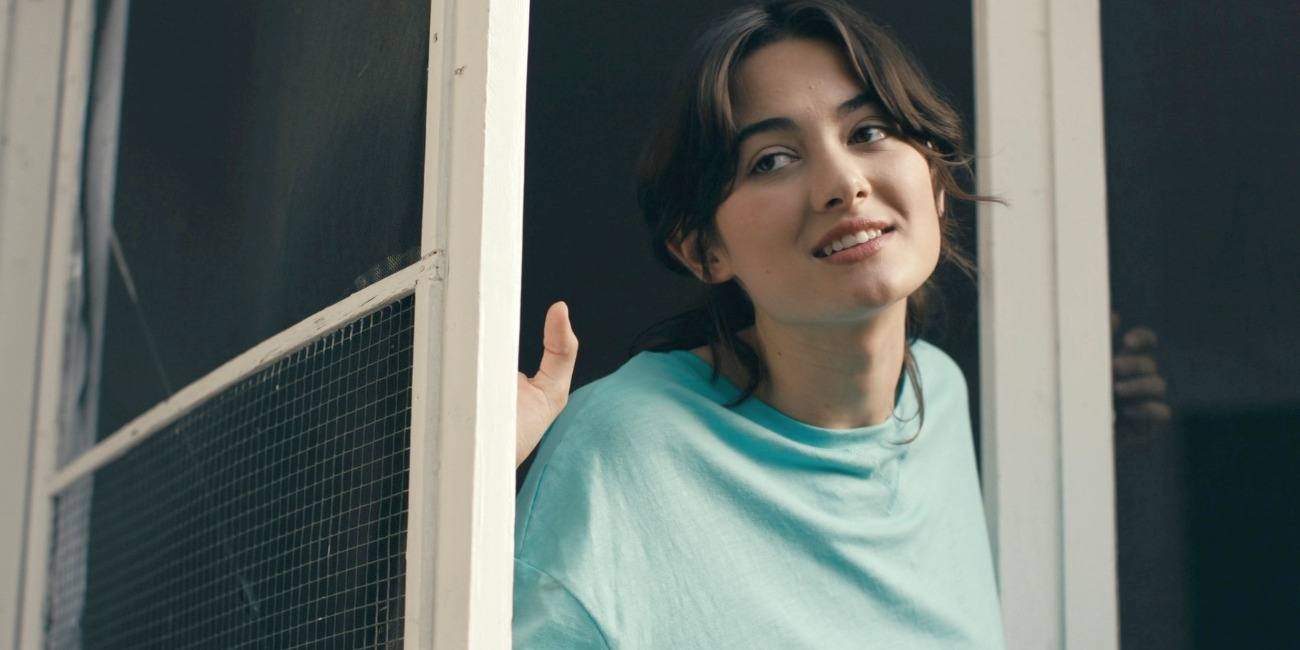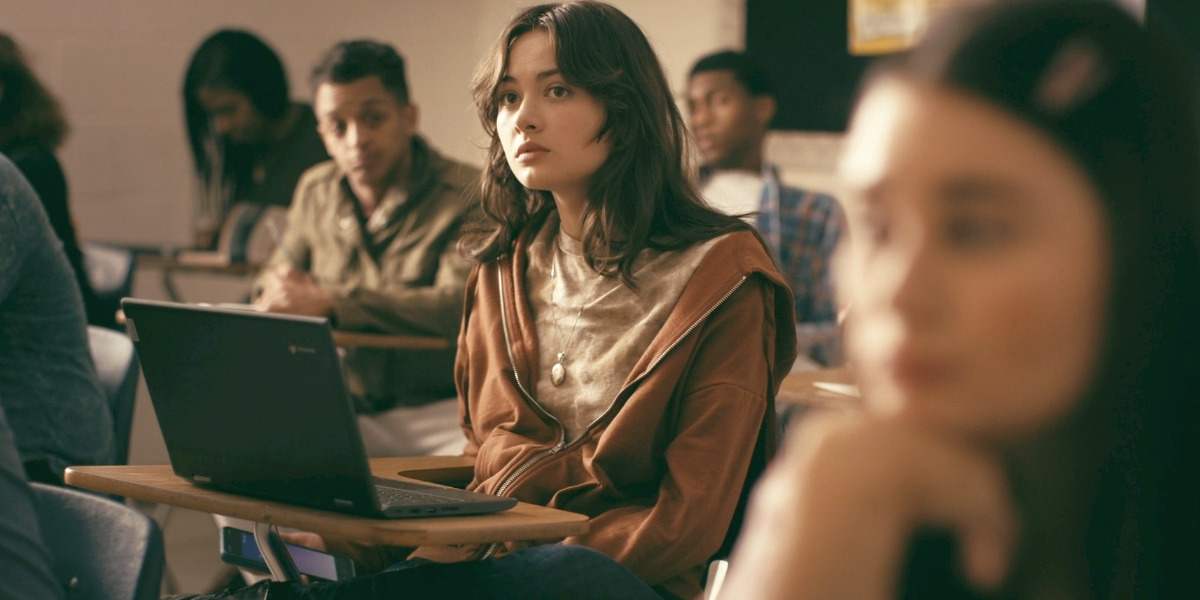Lifetime’s drama thriller film ‘My Fatal Social Following’ tells the story of a high school girl who tries to unravel the uncanny mystery surrounding her best friend’s death. Ever since Nina’s disappearance, her closest friend, Julia, has become isolated, facing ostracization by her peers. Furthermore, the blurry memories of the night of her friend’s disappearance continue haunting the teenage girl. As a result, when her path crosses with an ominous social media account, The Family, she’s quick to accept camaraderie where she can find it. However, as the rabbit hole deepens, it promises to reveal dark secrets about her town and perhaps even Nina’s demise.
Originally titled ‘Instacult, the Dave Thomas directorial presents an intriguing premise that only grows more riveting with each new revelation. As the narrative fixates upon the unique problems of a regular high schooler who stumbles into the menacing orbit of an alarming cult, the story finds a grounded footing in themes like social isolation and their connection to radical ideologies. However, does the story mine real-life inspiration in its depiction of such nuanced socio-political concepts?
My Fatal Social Following is Based on a Fictional Story About a Cult That Targets Teen Girls
The basic premise of ‘My Fatal Social Following’ is confined to the imagination of director Dave Thomas and the creative team behind the film. It follows the story of Julia, a teenager who is struggling with the disappearance of her best friend, all the while facing social condemnation on her own. As a result, she falls on the radar of an underground cult, ‘The Family,’ that carries out its functions online. The Family preys upon Julia’s trauma and seclusion and convinces her to join their ranks and carry out their joint mission. Thus, in her vulnerability, the teenager becomes an unwitting puppet to a greater, malevolent movement.

Outside of the screen, real-life people and events don’t directly inspire this storyline. Even so, the concept of a struggling teenager falling into the clutches of a cult remains, unfortunately, all too common in real life. Over the years, many studies and reports have been published on cults that attempt to explore their behavior and functioning. Across these reports, one common ground emerges, establishing the likelihood vulnerable individuals face of falling victim to preying cults. Reportedly, runaway teenagers have made a significant addition to this social demographic.
In 2022, author Sarah Duguid shared her experiences with subtle cultish groups in a detailed report for The Guardian. She spoke about how her emotional vulnerability in her teenage years, paired with her mother’s friendship with a woman, Margaret, who was a charismatic leader to a damaging group, led her to join a cult unwittingly. While Duguid’s story remains notably distinct from Julia and Nina’s, the details surrounding her experience with Margaret share an inkling with the on-screen teenagers. Thus, despite the fictionality of the film, it seems to operate on realistic foundations as it pens a tale about the startling ease of being initiated into a cult.
The Family: A Fictional Cult Rooted in RadFem Rhetoric
Similar to the overarching narrative in ‘My Fatal Social Following,’ The Family is also a work of fiction without any concrete counterparts in reality. The cult operates on an ideology of gender-based discrimination in which its leader grooms vulnerable teenage girls into violent misandrist beliefs. The Family equips radical feminism as its core belief and aspires to rid the world of men to create a supposed utopic society. For the same reason, the leader targets Julia, a skilled hacker, so that she can expand their cause and bring men down from positions of power.

In real life, political cults are a common branch of cultism wherein certain far-left or far-fight ideologies end up leading toward extremism. The on-screen tale presents a small-scale example of the same with the Family, where radical feminism has been optimized to justify adolescent kidnapping, brainwashing, and several acts of violence and lawbreaking. However, even though radical feminism is a real-life ideology that manifests in various forms, there haven’t been any notable instances of its overlap with prominent cults.
Having said that, the attempted assassination of Andy Warhol remains a well-known example of radfem stemmed violence. In 1968, Valerie Solanas shot Warhol, whom she believed to be the tormentor of her frustrations. The latter survived the attack, while the former received a paranoid schizophrenia diagnosis. Solanas is the author of the ‘SCUM Manifesto,’ a self-published book which advocates for the elimination of men from society. Even though ‘My Fatal Social Following’ retains no direct relation to Solanas as a historical figure, her ideology seemingly remains a prime example of the basis of the on-screen cult The Family.
Read More: Lifetime’s My Fatal Social Following: Filming Locations and Cast Details


